Home>Articles>New Maytag Washer Making Loud Noise When Agitating
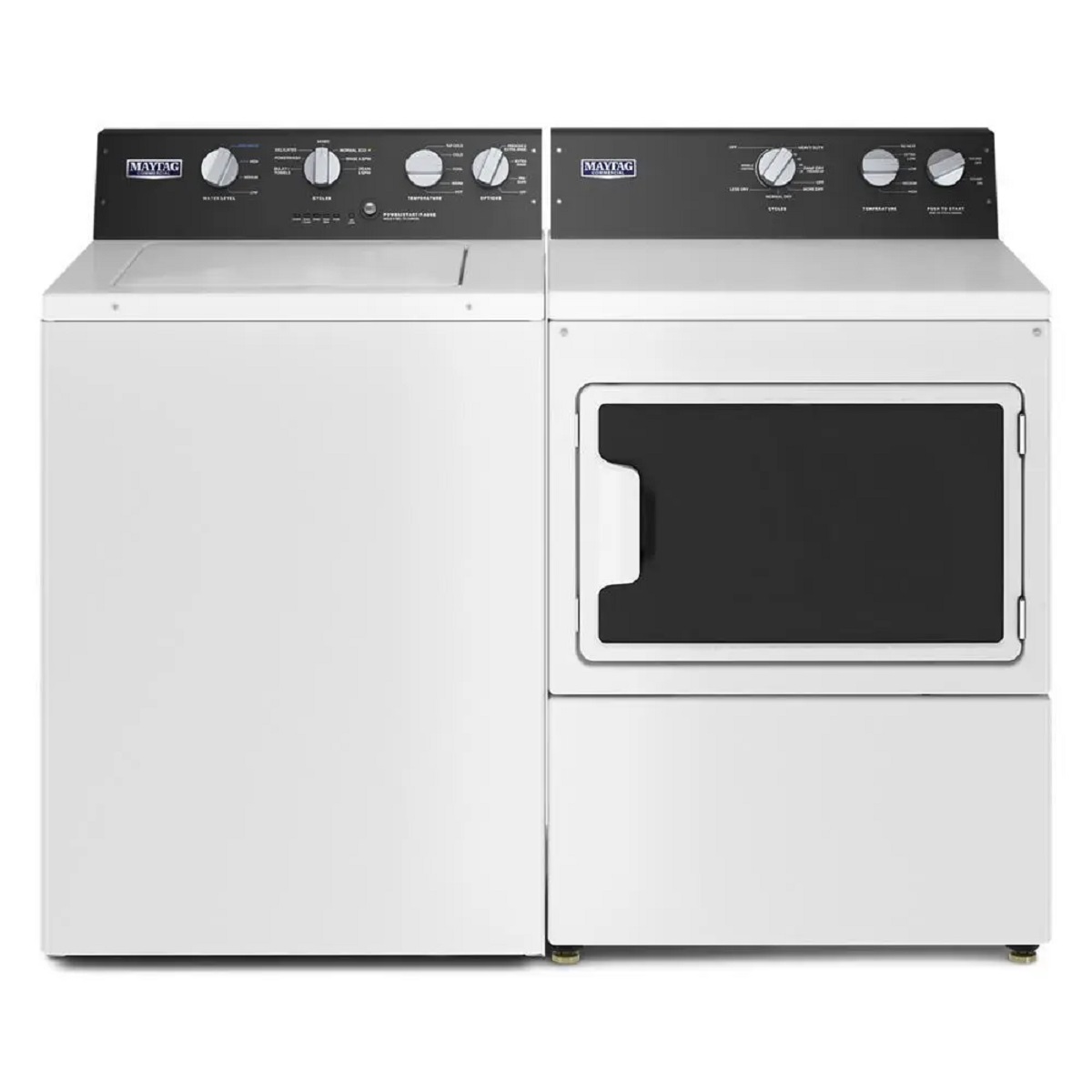

Articles
New Maytag Washer Making Loud Noise When Agitating
Modified: August 25, 2024
Find helpful articles on how to troubleshoot and fix a new Maytag washer that is making a loud noise while agitating.
(Many of the links in this article redirect to a specific reviewed product. Your purchase of these products through affiliate links helps to generate commission for Storables.com, at no extra cost. Learn more)
Introduction
A Maytag washer is designed to provide efficient and reliable performance when it comes to cleaning your laundry. However, if you notice that your Maytag washer is making a loud noise when it is agitating, it can be quite alarming. This noise not only disrupts the peace and quiet in your home but also indicates that there might be an underlying issue with your washer.
In this article, we will explore the possible causes of a loud noise in a Maytag washer during the agitating cycle. We will also discuss the steps you can take to diagnose and resolve this problem, whether it requires a simple fix or the assistance of a professional repair service.
It is important to address this issue promptly to avoid any potential damage to your washer or the inconvenience of a breakdown. So, if you’re ready, let’s dive into the possible causes and solutions for a Maytag washer making a loud noise when agitating.
Key Takeaways:
- Troubleshoot common causes of a loud Maytag washer during agitation, from loose parts to worn drive belts, to restore a peaceful laundry experience.
- Consider hiring a professional repair service for expert diagnosis and resolution of persistent noise issues, ensuring efficient and quiet washer operation.
Read more: Washer Makes Noise When Agitating
Possible Causes of Loud Noise in a Maytag Washer While Agitating
When your Maytag washer is making a loud noise during the agitating cycle, there can be several possible causes. Identifying the root cause will help you determine the appropriate solution. Here are some common culprits:
- Loose Parts or Objects: One of the most common reasons for a loud noise in a Maytag washer is loose parts or objects trapped inside the machine. Over time, screws, coins, or small items of clothing can find their way into the washer’s drum or agitator, causing noise when the agitator moves. Check the drum and agitator for any loose items that need to be removed.
- Motor Mounts: The motor mounts connect the washer’s motor to the drum, and if they become loose or worn out, they can cause excessive vibration and noise during agitation. Inspect the motor mounts for any signs of wear or damage, and tighten or replace them if needed.
- Drive Belt: A worn or damaged drive belt can also be a potential cause of noise during agitation. Over time, the belt can stretch or fray, resulting in a squealing or grinding noise. Examine the drive belt for any signs of wear, and if necessary, replace it with a new one.
- Transmission: The transmission is responsible for smoothly shifting the washer from the agitating to the spinning cycle. If the transmission is faulty or needs lubrication, it can produce a loud noise during agitation. Check the transmission for any signs of damage or insufficient lubrication, and address the issue accordingly.
- Agitator: The agitator is the central component that moves the laundry around during the agitating cycle. If the agitator is not properly aligned, it can cause a knocking or thumping noise. Safely remove the agitator and check for any misalignment or damage. Adjust or replace the agitator as necessary.
Remember that these are just some of the possible causes of a loud noise in a Maytag washer during agitation. By carefully inspecting these areas, you can begin troubleshooting and identifying the best course of action to resolve the problem.
Checking for Loose Parts or Objects
If your Maytag washer is making a loud noise during the agitating cycle, the first step is to check for any loose parts or objects that may be causing the noise. Here’s how you can do it:
- Turn off the power and unplug the washer: Before performing any inspection or maintenance, ensure that the washer is completely powered off and unplugged.
- Open the washer: Depending on the model of your Maytag washer, you may need to open the top or front panel to access the drum and agitator. Refer to the user manual or manufacturer’s instructions for guidance on how to open your specific washer model.
- Inspect the drum: Look inside the drum for any loose items such as screws, coins, or small articles of clothing. Remove any loose items and set them aside.
- Check the agitator: For top-loading washers, the agitator is the component in the center of the drum. Make sure the agitator is securely mounted and does not wobble or move excessively. If you notice any misalignment or looseness, you may need to adjust or replace the agitator.
- Examine the pump filter: Some Maytag washers have a pump filter that can get clogged with lint, debris, or small objects. Locate the pump filter, usually located at the bottom front of the washer, and remove it. Clean any debris or objects from the filter and reinstall it securely.
Once you have checked for loose parts or objects and removed them, close the washer, plug it back in, and test it again to see if the noise has been resolved. In some cases, this simple step can eliminate the noise completely. However, if the issue persists, you may need to proceed with further troubleshooting measures.
It’s important to note that if you are unsure or uncomfortable with performing these inspections and maintenance tasks yourself, it is recommended to consult a professional repair service to ensure the safety and proper functioning of your Maytag washer.
Inspecting the Motor Mounts
If your Maytag washer is still making a loud noise during the agitating cycle after checking for loose parts or objects, the next step is to inspect the motor mounts. The motor mounts connect the washer’s motor to the drum and help reduce vibration and noise. Here’s how you can inspect the motor mounts:
- Turn off the power and unplug the washer: Before beginning any inspection or maintenance, make sure the washer is completely powered off and unplugged.
- Access the motor mounts: Depending on the model of your Maytag washer, you may need to remove a panel or cover to access the motor mounts. Consult the user manual or manufacturer’s instructions for guidance on how to access the motor mounts on your specific washer model.
- Inspect the motor mounts: Carefully examine the motor mounts for any signs of wear, damage, or looseness. Look for cracks, excessive movement, or missing screws. Pay attention to both the mounting brackets attached to the motor and the ones connected to the drum.
- Tighten or replace the motor mounts: If you notice any loose or damaged motor mounts, tighten them with the appropriate tools. However, if the motor mounts show significant wear or damage, it is recommended to replace them. Refer to the user manual or seek professional assistance for guidance on replacing the motor mounts.
Once you have inspected and potentially adjusted or replaced the motor mounts, close the washer, plug it back in, and test it again to see if the noise during agitation has been resolved. The proper functioning of the motor mounts is crucial to minimizing vibration and noise during the wash cycle.
If the noise persists after inspecting and addressing the motor mounts, it is advisable to move on to the next troubleshooting steps or consider consulting a professional repair service to diagnose and fix any underlying issues with your Maytag washer.
Examining the Drive Belt
If your Maytag washer continues to make a loud noise during the agitating cycle, another potential cause to investigate is the drive belt. The drive belt is responsible for transferring power from the motor to the drum, and if it is worn or damaged, it can cause noise and even affect the overall performance of the washer. Here’s how you can examine the drive belt:
- Turn off the power and unplug the washer: Before performing any inspection or maintenance, ensure that the washer is completely powered off and unplugged for safety reasons.
- Locate the drive belt: Depending on the model of your Maytag washer, the drive belt may be located either at the bottom or back of the machine. Refer to the user manual or manufacturer’s instructions to locate the drive belt on your specific washer model.
- Inspect the drive belt: Carefully examine the drive belt for any signs of wear, such as cracks, fraying, or stretching. If the drive belt looks damaged or excessively worn, it is likely the cause of the noise.
- Replace the drive belt if necessary: If you determine that the drive belt is the culprit, it is advisable to replace it. Purchase a replacement drive belt that is compatible with your Maytag washer model. Refer to the user manual or seek professional assistance if you are unsure how to replace the drive belt yourself.
After examining and potentially replacing the drive belt, close the washer, plug it back in, and test it again to see if the loud noise during agitation has been resolved. A properly functioning drive belt should run smoothly and quietly, ensuring a more pleasant laundry experience.
If the noise continues even after examining and addressing the drive belt, it is recommended to proceed to the next troubleshooting steps or consider consulting a professional repair service to diagnose and fix any other underlying issues with your Maytag washer.
Check for any loose items inside the washer drum that could be causing the noise. Also, ensure the washer is level and on a stable surface to reduce vibrations. If the issue persists, contact a professional for further inspection.
Read more: Lg Washer Making Loud Noise When Spinning
Evaluating the Transmission
If your Maytag washer is still making a loud noise during the agitating cycle, one component to assess is the transmission. The transmission plays a vital role in smoothly shifting the washer from agitating to spinning. If it is faulty or requires lubrication, it can produce noise during agitation. Follow these steps to evaluate the transmission:
- Turn off the power and unplug the washer: Always prioritize your safety by ensuring that the washer is powered off and unplugged before performing any inspection or maintenance.
- Access the transmission: The location of the transmission can vary depending on the model of your Maytag washer. Consult the user manual or manufacturer’s instructions to identify the transmission’s location and how to access it.
- Inspect the transmission: Carefully examine the transmission for any signs of damage or wear. Look for leaks, cracks, or loose parts. Additionally, check the level of lubrication in the transmission. If it appears dry or insufficient, it may be causing the noise.
- Lubricate the transmission: If you determine that the transmission requires lubrication, use a suitable lubricant recommended by the manufacturer. Apply the lubricant to the appropriate areas as per the manufacturer’s instructions, ensuring that all moving parts are adequately lubricated.
- Seek professional assistance if necessary: If the transmission shows significant damage or you are uncertain about how to properly evaluate or lubricate it, it is advisable to enlist the help of a professional repair service. They have the expertise to assess and address transmission-related issues effectively.
Once you have evaluated and potentially lubricated the transmission, close the washer, plug it back in, and test it again to observe if the noise during agitation has been eliminated. A properly functioning and appropriately lubricated transmission should operate smoothly and quietly.
If the noise persists despite evaluating and addressing the transmission, it is recommended to move on to the next troubleshooting steps or contact a professional repair service to diagnose and rectify any other underlying problems with your Maytag washer.
Lubricating the Agitator
If you’re experiencing a loud noise from your Maytag washer during the agitating cycle, it’s essential to examine and potentially lubricate the agitator. The agitator is the central component responsible for moving the laundry around during the wash cycle. Over time, the agitator can become dry or worn, leading to noise and reduced efficiency. Here’s how you can lubricate the agitator:
- Turn off the power and unplug the washer: Before starting any inspection or maintenance, ensure the washer is powered off and disconnected from the electrical outlet for safety purposes.
- Remove the agitator: Depending on your Maytag washer model, the process of removing the agitator may vary. Refer to the user manual or manufacturer’s instructions for specific guidance on how to remove the agitator from your washer.
- Inspect the agitator: Examine the agitator for any signs of damage or wear, such as cracks, broken parts, or excessive dirt build-up. If the agitator is severely damaged, it may need to be replaced rather than lubricated.
- Apply lubricant: If the agitator appears to be in good condition but is dry or worn, apply a suitable lubricant. Check the manufacturer’s recommendations or consult with a professional to ensure you are using the appropriate type of lubricant for your specific washer model. Apply the lubricant to the necessary areas, focusing on the moving parts of the agitator.
- Reinstall the agitator: After applying the lubricant, carefully re-install the agitator back into the washer. Make sure it is secured properly and aligned correctly with the drum.
Once you have lubricated and reinstalled the agitator, close the washer, plug it back in, and test it again to determine if the noise during agitation has diminished. Proper lubrication of the agitator will help it move smoothly and silently, improving the overall performance of your Maytag washer.
If the noise persists after lubricating the agitator, it is advisable to proceed with further troubleshooting steps or consult a professional repair service to diagnose and address any other potential issues with your Maytag washer.
Replacing the Agitator Dogs
If your Maytag washer is still making a loud noise during the agitating cycle, it might be necessary to replace the agitator dogs. The agitator dogs are small plastic components that engage with the agitator to create a back-and-forth motion during the wash cycle. Over time, these dogs can wear down, causing the agitator to become ineffective and produce noise. Here’s how you can replace the agitator dogs:
- Turn off the power and unplug the washer: Prioritize safety by ensuring that the washer is completely powered off and unplugged before starting any inspection or maintenance.
- Access the agitator: Depending on your Maytag washer model, you may need to remove a fabric softener dispenser or unscrew a cap to access the agitator. Consult the user manual or manufacturer’s instructions for guidance on how to access the agitator on your specific washer model.
- Remove the agitator: Once you have access to the agitator, there may be a bolt or a locking mechanism that needs to be undone to remove it. Follow the instructions provided in the user manual or manufacturer’s instructions to safely remove the agitator from the washer.
- Locate and replace the agitator dogs: Underneath the agitator, you will find the agitator dogs. These are small plastic components with teeth. Carefully remove the old agitator dogs and replace them with new ones. You can purchase agitator dog repair kits or individual agitator dogs that are compatible with your Maytag washer model.
- Reinstall the agitator: Once the new agitator dogs are in place, securely reattach the agitator to the washer. Ensure it is properly aligned and tightened according to the manufacturer’s instructions.
After replacing the agitator dogs, close the washer, plug it back in, and test it again to see if the noise during agitation has been resolved. The new agitator dogs should engage smoothly, reducing noise and ensuring proper movement during the wash cycle.
If the noise continues after replacing the agitator dogs, it is recommended to proceed with further troubleshooting steps or seek the assistance of a professional repair service to diagnose and fix any other possible issues with your Maytag washer.
Hiring a Professional Repair Service
If your Maytag washer is still making a loud noise during the agitating cycle despite attempting various troubleshooting methods, it may be time to consider hiring a professional repair service. An experienced technician can diagnose and resolve complex issues that may be causing the noise. Here’s why hiring a professional repair service is beneficial:
- Expertise and Experience: Professional repair technicians have extensive knowledge and experience in repairing and troubleshooting various washer models, including Maytag washers. They can quickly identify the root cause of the noise and provide an accurate diagnosis.
- Proper Tools and Equipment: Repairing washers often requires specialized tools and equipment. Professional repair services are equipped with the necessary tools and resources to handle the repair process effectively and efficiently.
- Access to Genuine Parts: In some cases, the cause of the noise may be a specific component that needs to be replaced. Professional repair services often have access to genuine parts from reputable manufacturers, ensuring high-quality replacements that are compatible with your Maytag washer.
- Time and Convenience: Repairing a washer can be time-consuming, especially if you’re not familiar with the process. By hiring a professional, you can save time and effort. They will take care of the repair, allowing you to focus on other tasks or responsibilities.
- Warranty and Guarantee: Reputable repair services often provide warranties and guarantees on their workmanship and the parts they replace. This gives you peace of mind, knowing that if any issues arise after the repair, you can rely on them to rectify the problem.
When hiring a professional repair service, it’s important to do your research and choose a reputable and reliable company. Look for service providers with positive customer reviews, certifications, and experience with Maytag washers specifically. Obtain quotes from multiple services to ensure you’re getting a fair price.
By entrusting your Maytag washer to a professional repair service, you can rest assured that they will efficiently diagnose and fix the underlying issue, ultimately resolving the loud noise during the agitating cycle. This will extend the lifespan of your washer and provide you with a hassle-free laundry experience.
Read more: Washer Makes Noise When Spinning
Conclusion
Dealing with a loud noise in your Maytag washer during the agitating cycle can be frustrating and concerning. However, by following the troubleshooting steps outlined in this article, you can identify and address the potential causes of the noise. Whether it’s checking for loose parts or objects, inspecting the motor mounts, evaluating the drive belt, examining the transmission, lubricating the agitator, or replacing the agitator dogs, these steps can help you resolve the issue.
If your attempts to troubleshoot and resolve the noise are unsuccessful, it may be time to consider hiring a professional repair service. They have the expertise, tools, and access to genuine parts to diagnose and repair the problem effectively. Additionally, they can provide warranties and guarantees to ensure your satisfaction and peace of mind.
Remember, maintaining your Maytag washer is essential to its longevity and performance. Regular cleaning, proper usage, and periodic maintenance can help prevent issues and minimize the chances of experiencing a loud noise during the agitating cycle. Refer to the user manual for specific care instructions and recommendations from the manufacturer.
Ultimately, addressing a loud noise in your Maytag washer during the agitating cycle will not only restore peace and tranquility to your laundry area but also ensure the efficient and effective cleaning of your laundry. By following the troubleshooting steps or seeking professional assistance if needed, you can enjoy a quiet and seamlessly functioning washing machine for years to come.
Frequently Asked Questions about New Maytag Washer Making Loud Noise When Agitating
Was this page helpful?
At Storables.com, we guarantee accurate and reliable information. Our content, validated by Expert Board Contributors, is crafted following stringent Editorial Policies. We're committed to providing you with well-researched, expert-backed insights for all your informational needs.
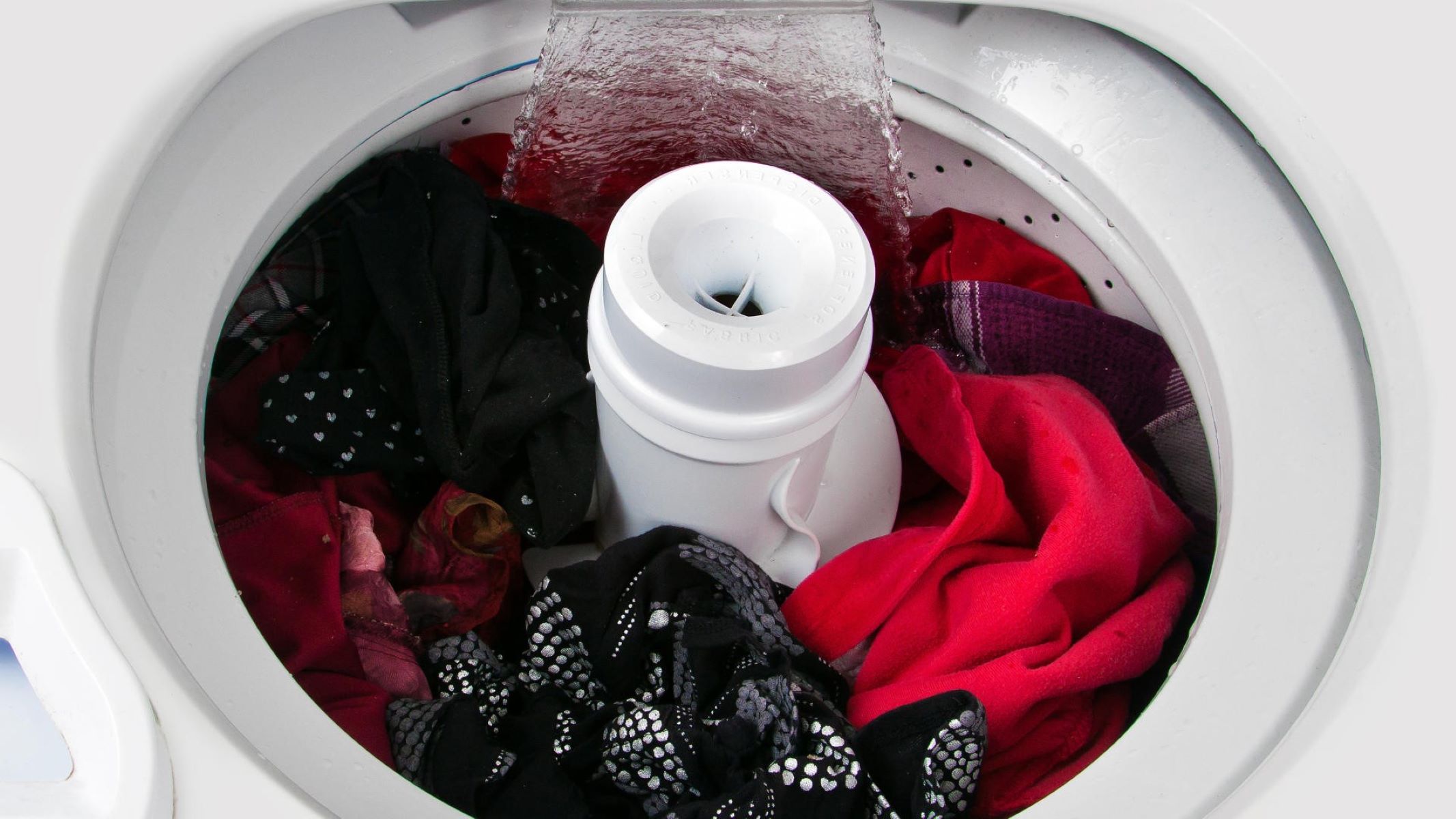
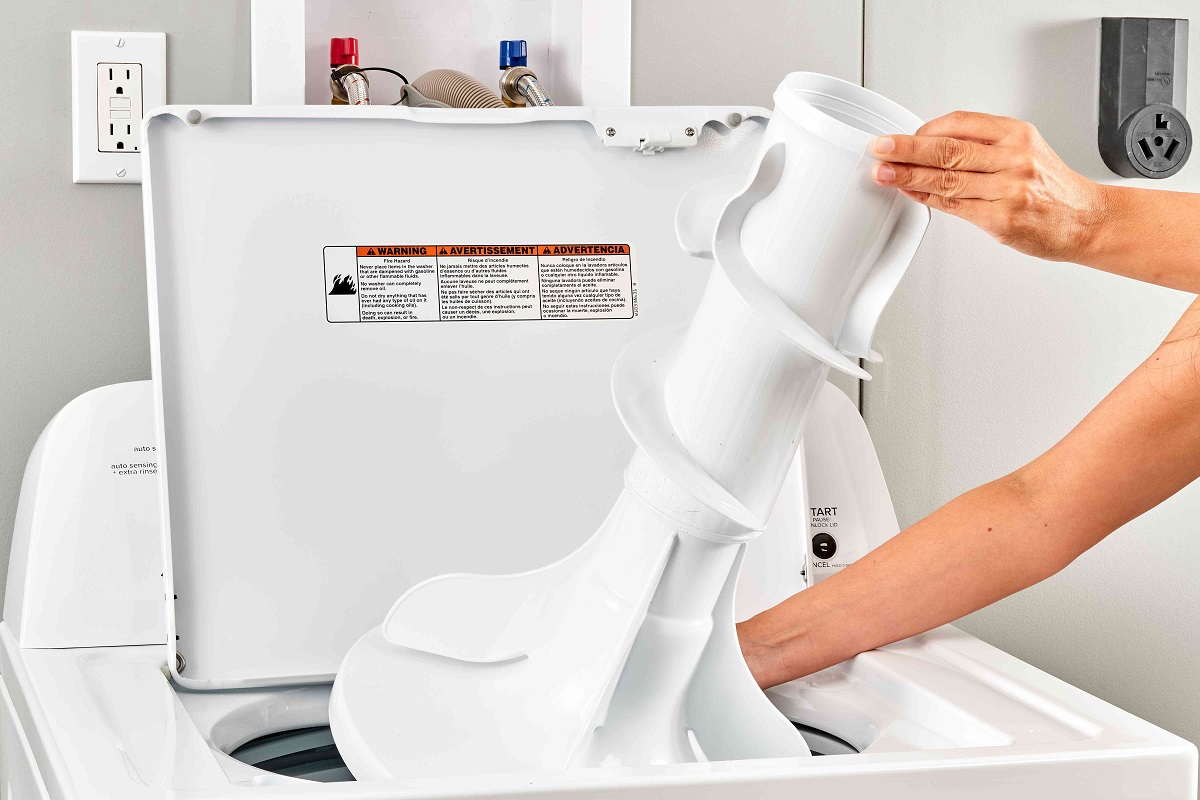
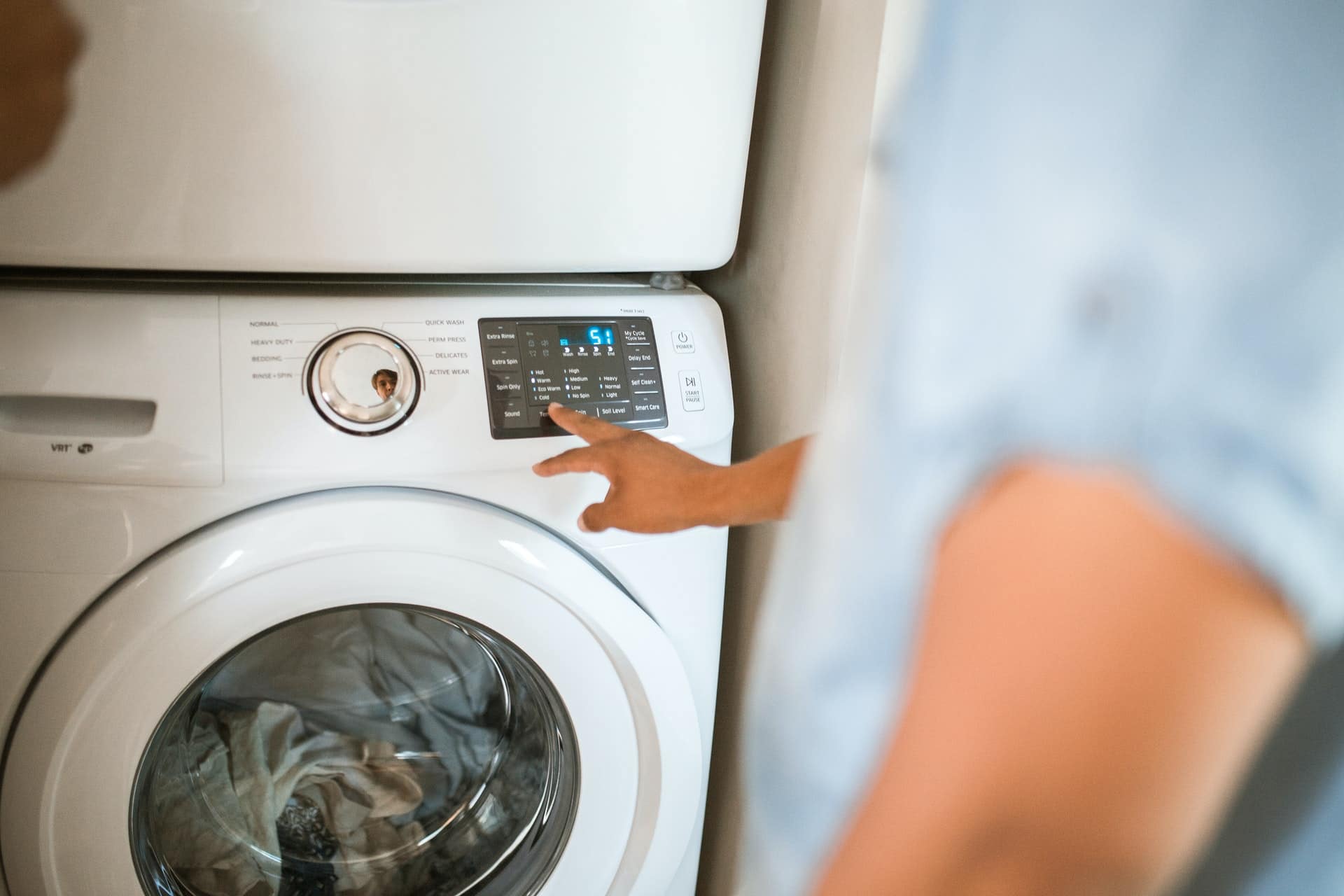

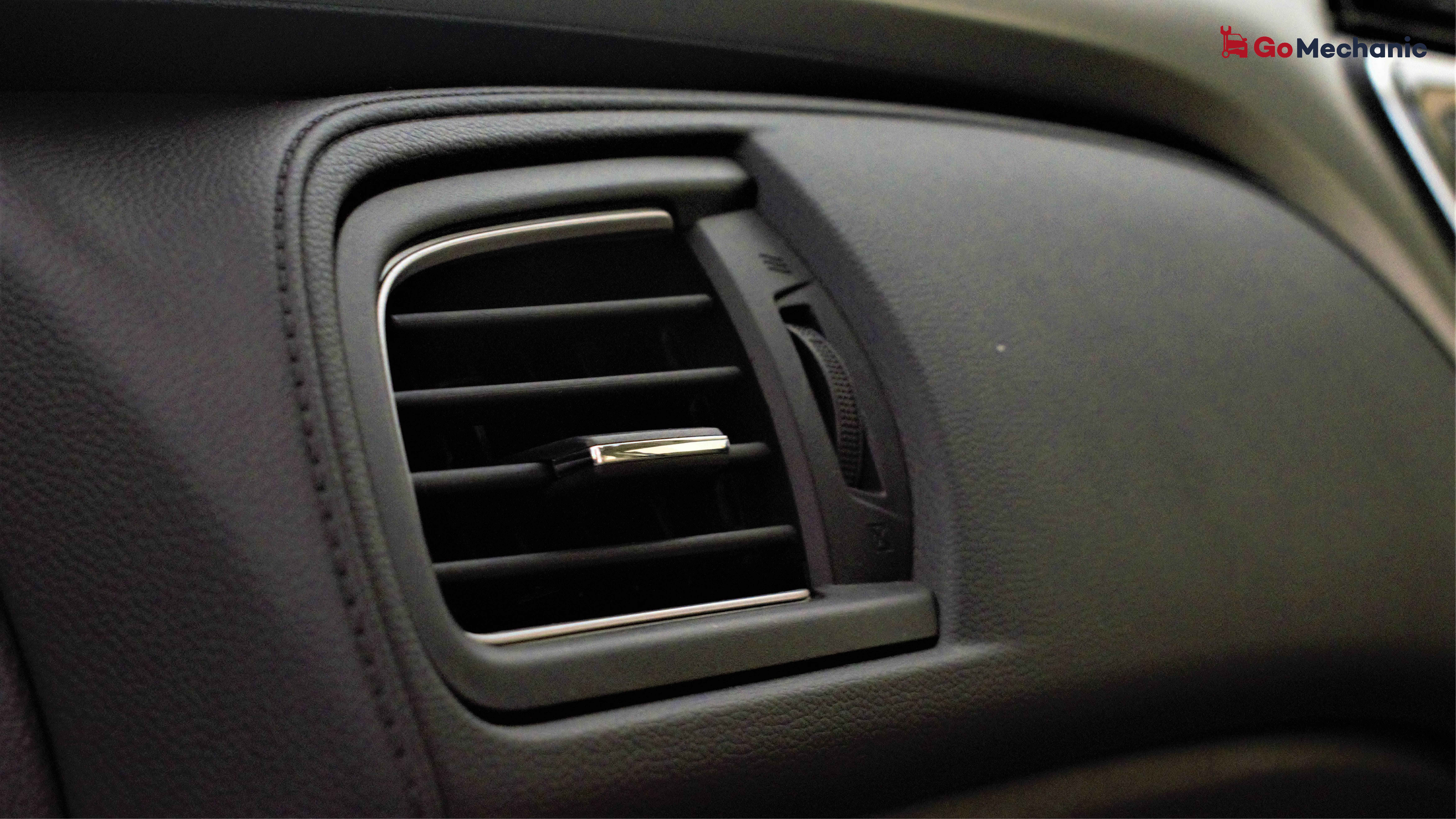
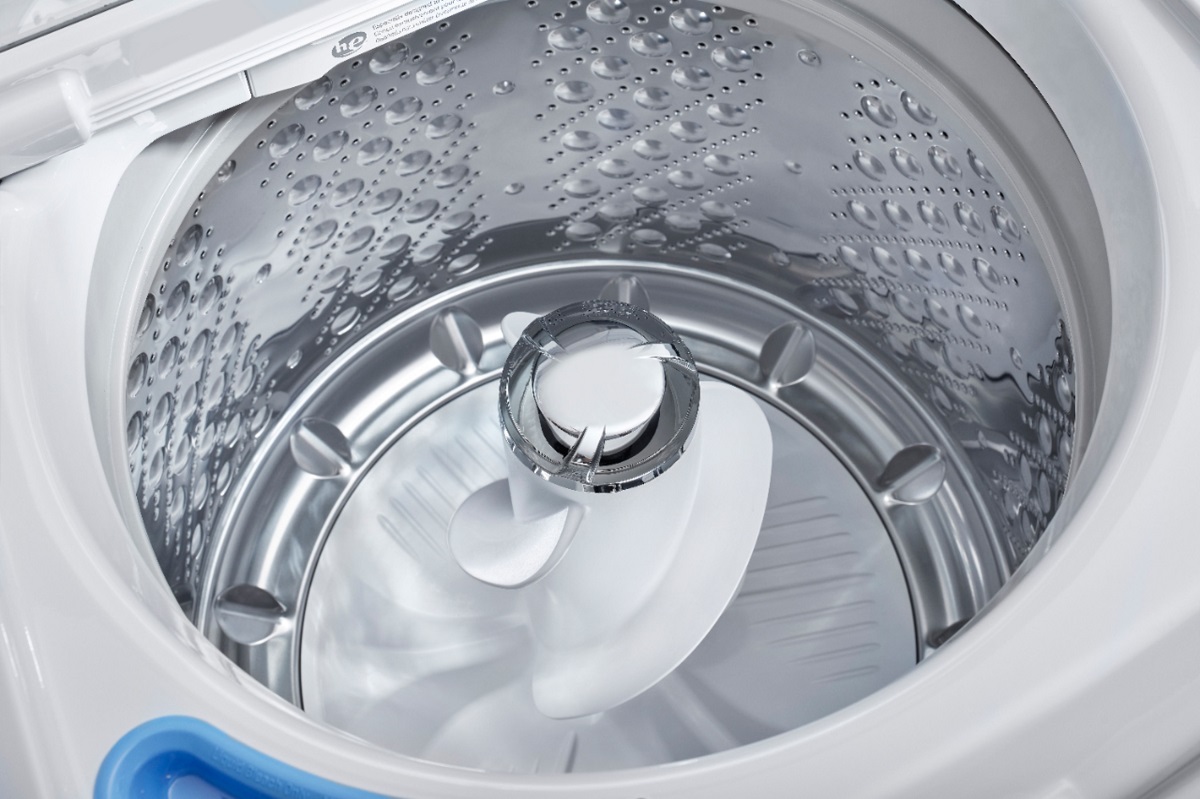


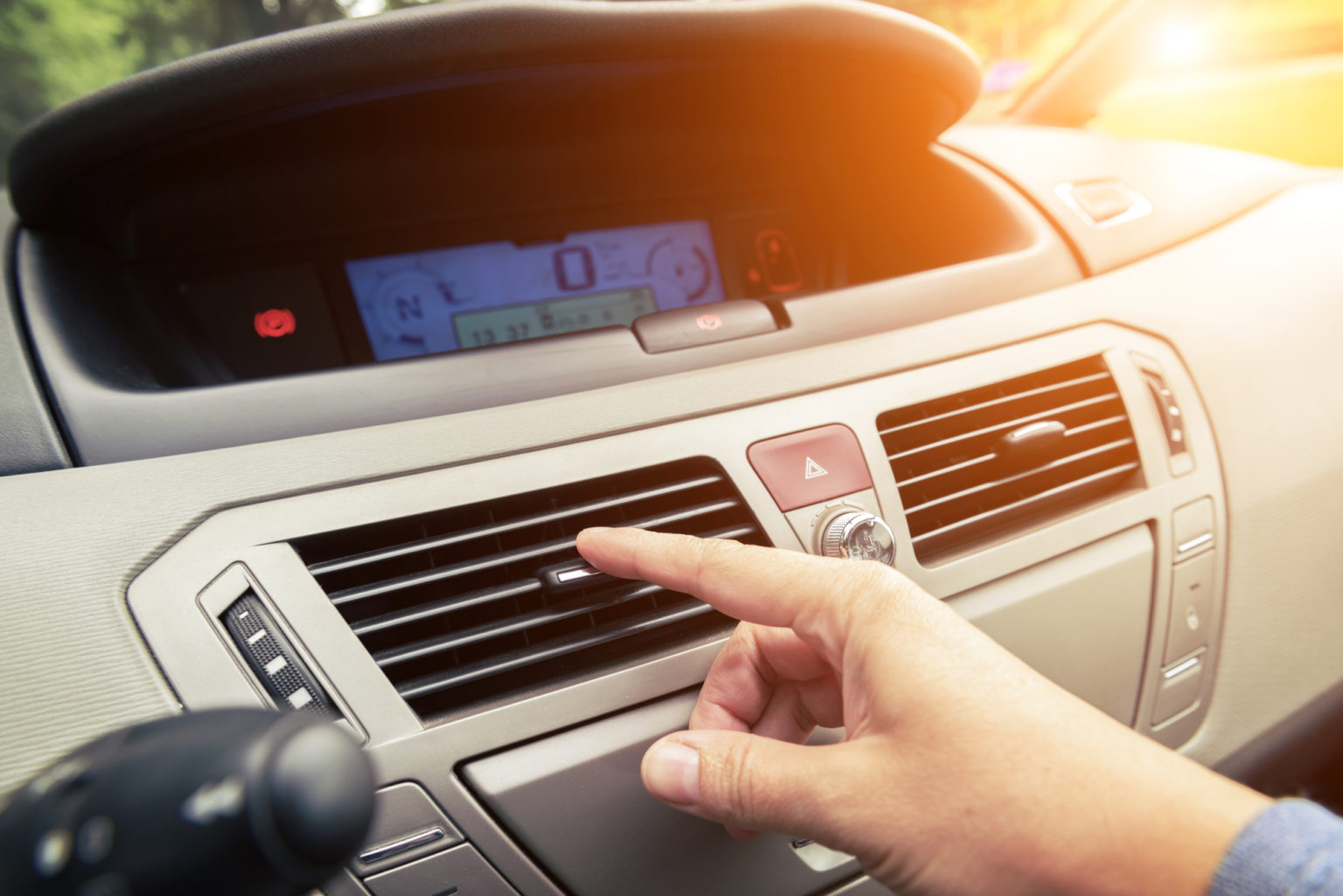

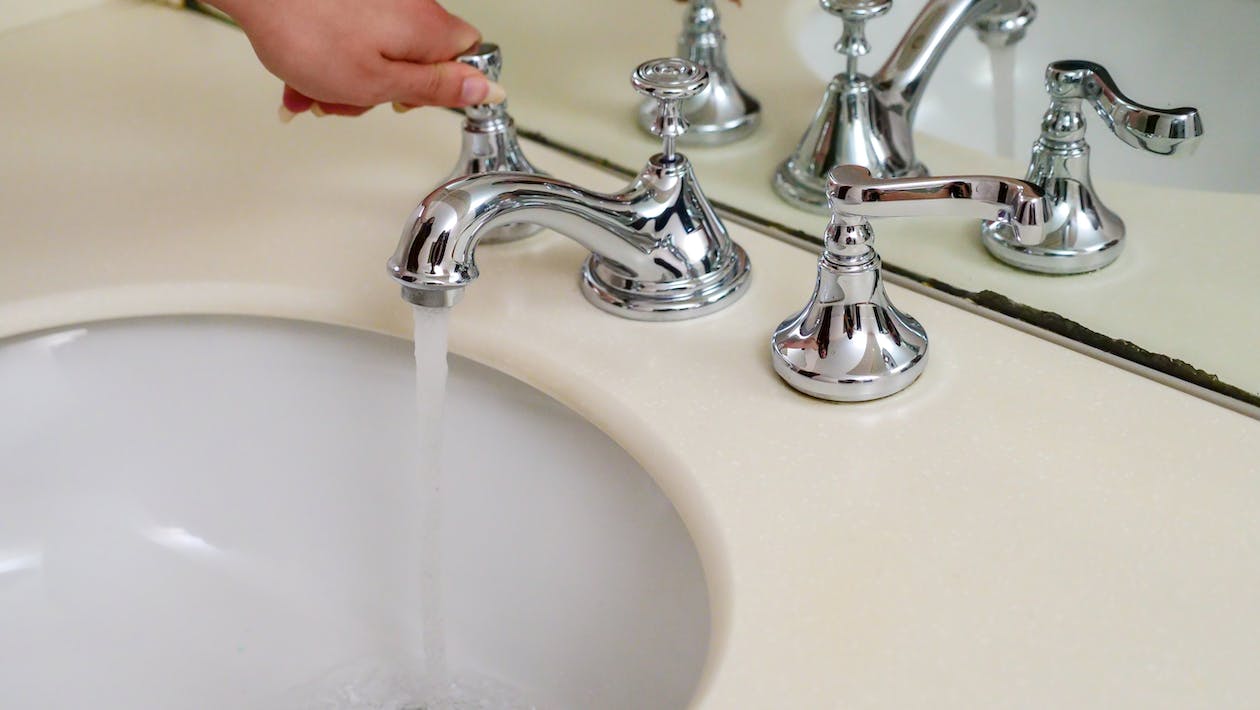
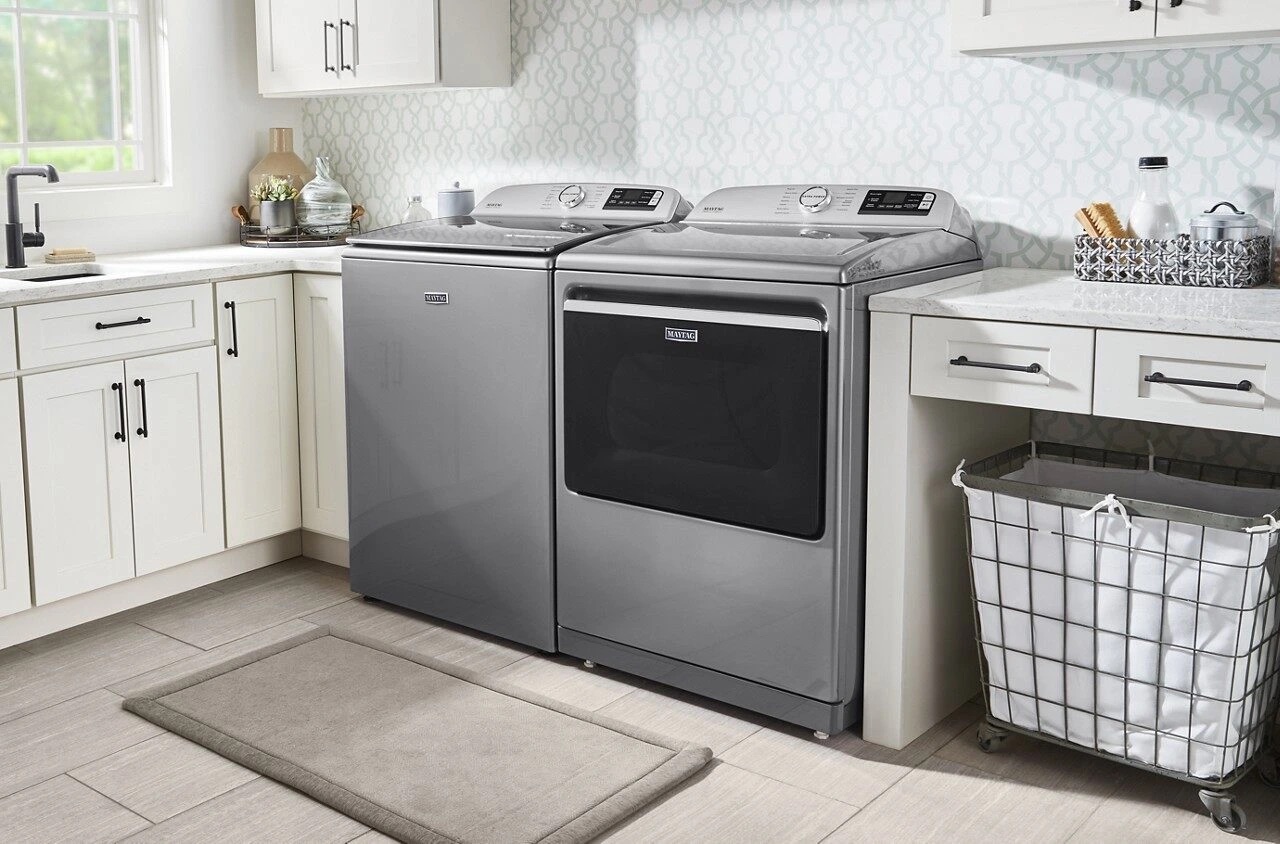
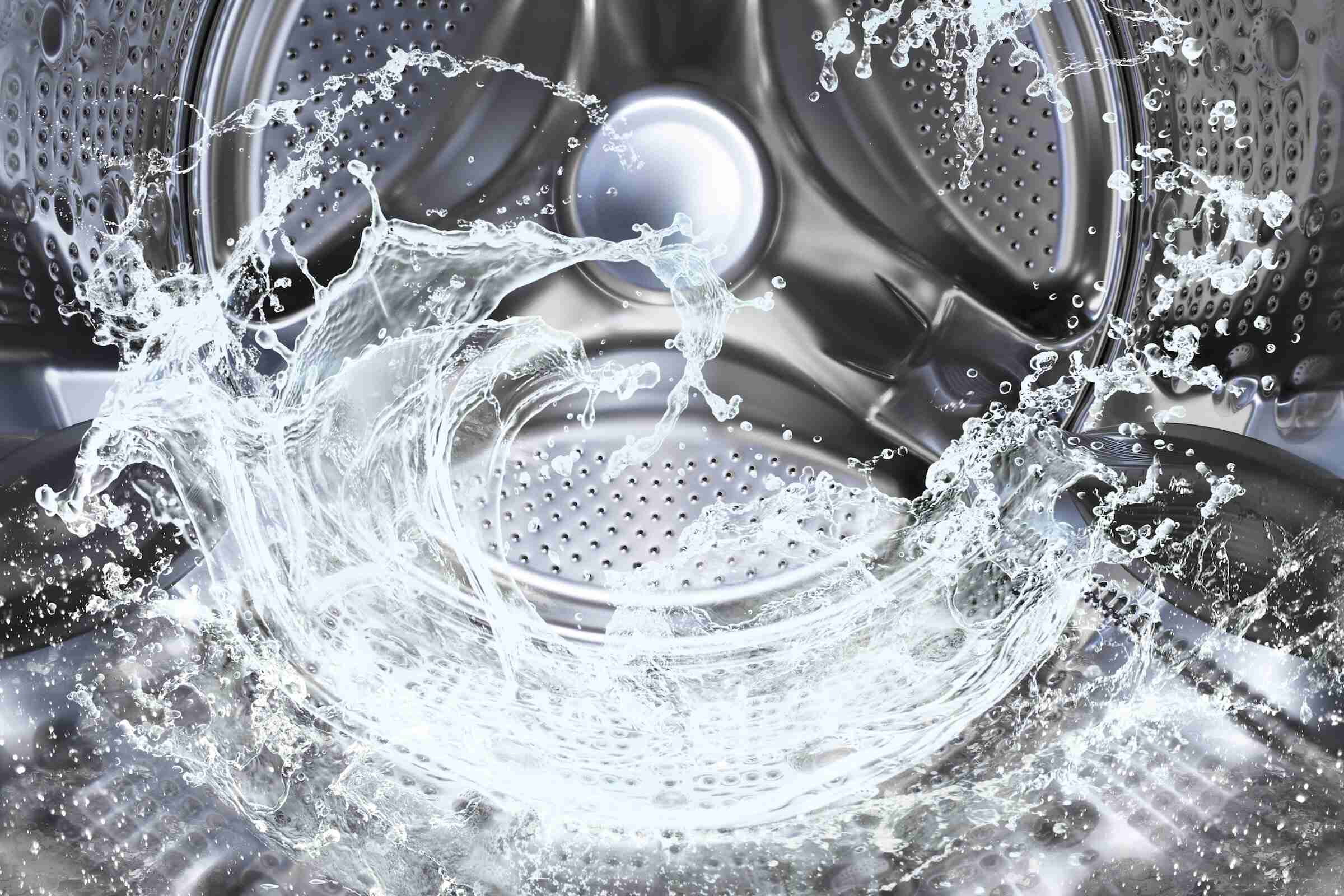

0 thoughts on “New Maytag Washer Making Loud Noise When Agitating”